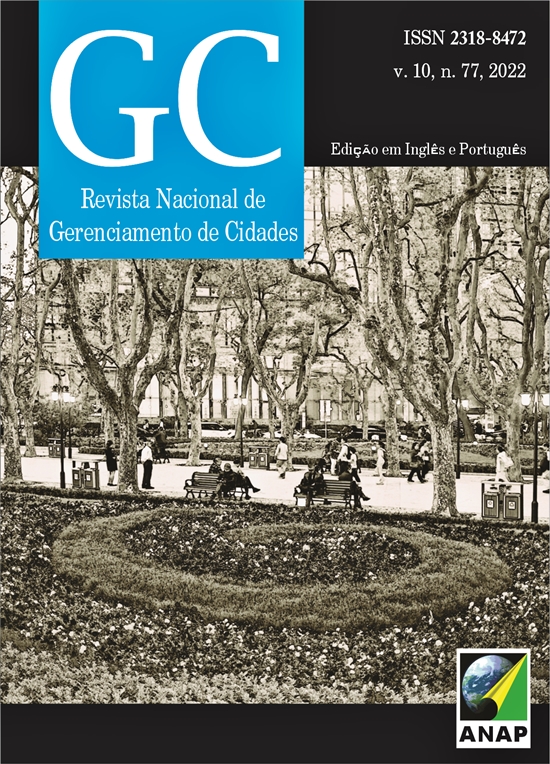The morphological faces of Barra da Tijuca in Rio de Janeiro (Brazil)
DOI:
https://doi.org/10.17271/23188472107720223208Palavras-chave:
Morphology. Urban Transformation. Barra da TijucaResumo
The urban revolution of Barra da Tijuca-RJ was characterized by a late growth, due to its location, to be an immense sand and concentration of great extensions of land in the hands of a few. This finding reflects subsequent actions in the region, where the real state growth process and road connections were the focus of urban actions. Lucio Costa's pilot plan, with modernist characteristics, arises from the need to anticipate the uncontrolled and inevitable ocupation process of the area. The plan aimed to prevent the reprodution of what had happened with other neighborhoods on the Rio de Janeiro coast, which were experiencing intense densification.
After 50 years, several changes were made to update the plan to the present, to remedy some points in which the plan did not have enough detail and many that succumbed to real estate pressures.
In this way, this article aims to analyze the transformations that took place in Barra da Tijuca, from the implementation of the plan to the current urban fabric, and verify the urban design performance and real estate pressure as modelers of the neighborhood.














